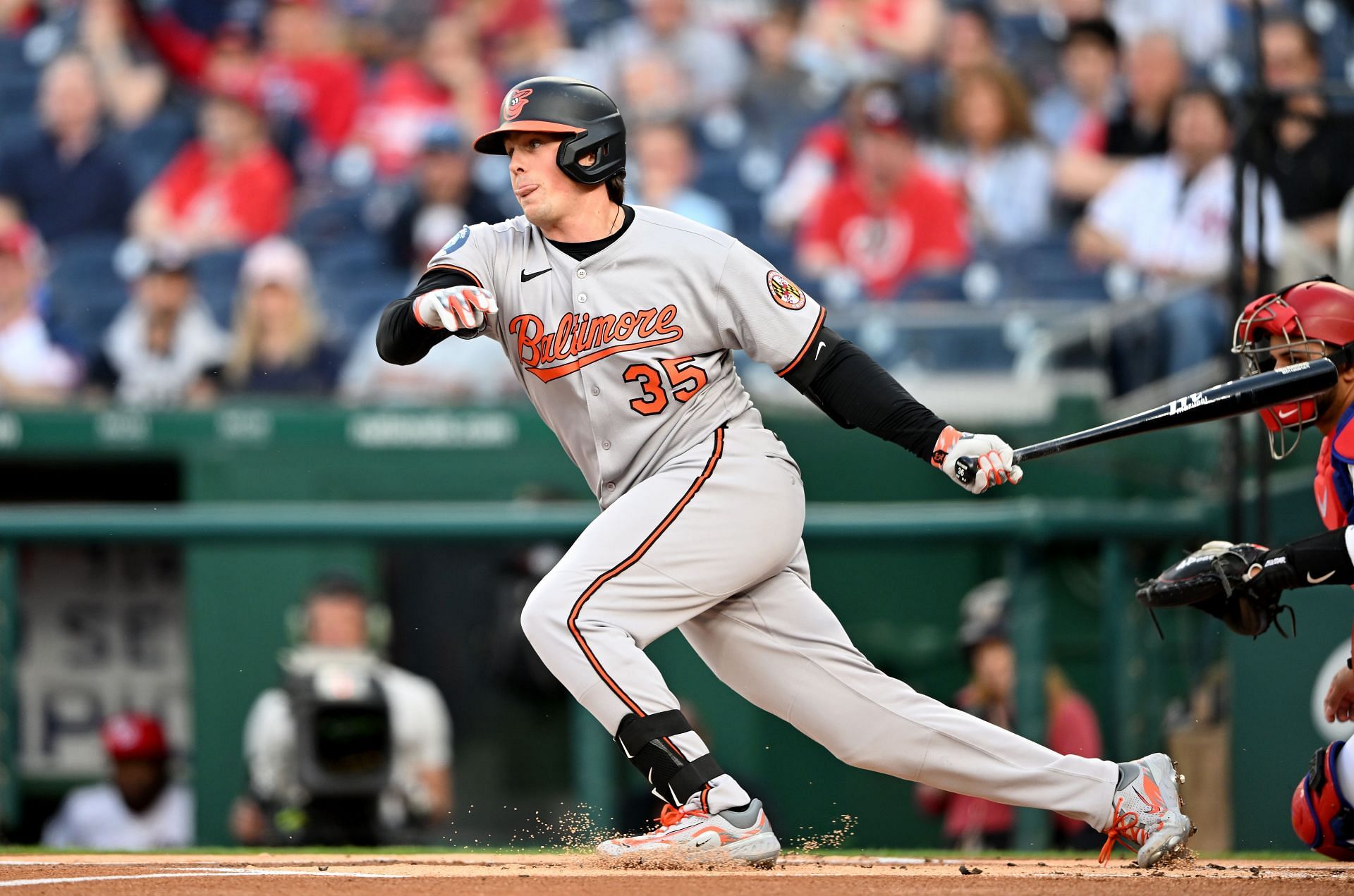
Orioles legend gives insights on Adley Rutschman's switch-hitting ability
Baltimore Orioles star Adley Rutschman was the focal point of discussion from club legend Brian Roberts for his switch-hitting prowess. Having the ability to switch hit was a commodity in the majors. However, there have only been 58 switch-hitters remaining in the majors as of June 2024 — a stark contrast to the 111 batters that were equipped with the same skill in 1998.
At the time of writing, the two-time All-Star backstop is the sole switch-hitter in the O's roster. He joins Mets star Francisco Lindor, D'backs star Ketel Marte, and former teammate Anthony Santander as a few of the "dying breed" of hitters.
"With Adley [Rutschman], he's been so good his whole life swinging the bat both ways," said Roberts. (3:48-3:56)
Roberts, who was a premier switch hitter himself during his days with the Orioles, discussed the perspective of their kind of batters like Rutschman in an interview with Ryan Ripken.
"What I see with Adley is the same as what I see with many switch hitters. On a daily basis, you might good over a short period of time one way, and then you kind of lose the feeling that way, and then you find the feeling the other way," Roberts said. (3:00-3:17)
Orioles icon Brian Roberts discusses difficulty of switch-hitting
Given that the sample size of switch hitters has been steadily dwindling, Orioles icon Brian Roberts further noted in the interview with Ryan Ripken that the balancing act can be a tricky thing to do throughout a player's career.
"Early in my career, I was a much better left-handed hitter and [I hit] for more power. Then about halfway or two-thirds [of the way], it flipped and I felt way more comfortable right-handed the last three or four years of my career. So it's a difficult thing." (3:18-3:32)
The Orioles icon further noted that working on two different approaches can be a daunting task. Sometimes, even twice as hard as conventional one-sided hitters.
"Hitting a baseball is hard enough from one side of the plate. As you're switch-hitting, you have to put in either twice the work to get the same amount as everybody else. Or half the work to get the same amount as everybody else and so that's the hard part about it." (3:33-3:47)
"One of the most difficult things as a switch hitter is that you can be dialed in from one side of the plate, you'll be put on the eighth inning ... then [the coaching staff] will flip you to the other side, and now you got to come up with a big hit on the side where you feel you're holding the bat backwards. I think that's why you see less and less of them." (4:12-4:30)
Roberts' insight is certainly one to be talked about, as one of the rarest qualities of hitters nowadays are getting lost through analytics and data in the modern game.